Office History

Official weather observations in Des Moines began on August 1st, 1878, when the Weather Bureau was part of the U.S. Army Signal Corps. The first weather office opened in the northwest room of a two story building known as the George D. McCaine Block, which was located on the northeast corner of Sixth and Walnut streets. The Iowa State Director of Weather and Chief Meteorologist at the time was Dr. Gustavus Hinrichs. On January 1st, 1887 the office moved to the four-story Clapp Block building on the southwest corner of Fifth and Walnut streets, and on April 1st, 1889 moved again to the fourth floor of the U.S. Courthouse and Post Office on the northeast corner of Fifth and Court streets. When a new U.S. Courthouse was completed on the southeast corner of East First and Walnut streets in 1929, the Weather Bureau moved into rooms 400-404 on October 1st of that year.
On October 16th, 1950 the office moved to the second floor of the Des Moines Airport Terminals near the corner of Army Post Road and Fleur Drive, where it would remain for more than 40 years. In 1970 the U.S. Department of Commerce was reorganized, and the Weather Bureau officially became the National Weather Service (NWS) on October 3rd, moving under the jurisdiction of the National Oceanic and Atmospheric Administration (NOAA). On September 1st, 1993 the office moved to its current location at 9607 Northwest Beaver Drive in Johnston, on the northwestern edge of the Des Moines metro area.
The last 20 years have seen a plethora of technological upgrades that have greatly benefited the NWS. In 1994, the NWS in Des Moines received a WSR-88D Doppler Radar, which enables forecasters to better interrogate thunderstorms and determine their severity. The AWIPS (Advanced Weather Interactive Processing System) computer system became operational in the late 1990s and received a major upgrade to AWIPS II in late 2012, allowing for the viewing of a wide range of weather data, ranging from satellite imagery to computer models, in a single interface. Along with AWIPS came GFE (the Graphical Forecast Editor), a computer program designed for the production of gridded (graphical) forecasts. The installation of new surface observation sites and river gauges across state, many of which are owned by state, private, or other federal agencies, helps forecasters identify smaller scale weather phenomena that might be missed otherwise. The last two decades have also witnessed major advances to computer model forecasts. All of these improvements have enabled the NWS to produce higher quality forecasts and alert those in the path of dangerous weather with greater lead time.
The History of Weather Observations in Des Moines (PDF, 5.4mb)
Photos from the Des Moines NWS Archives
Click image to view a larger version and caption
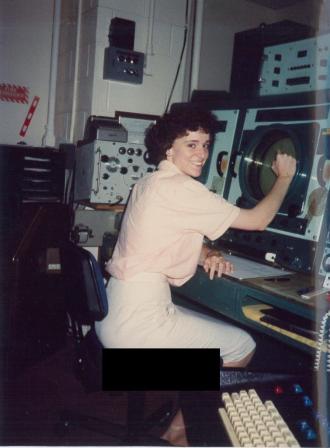 |
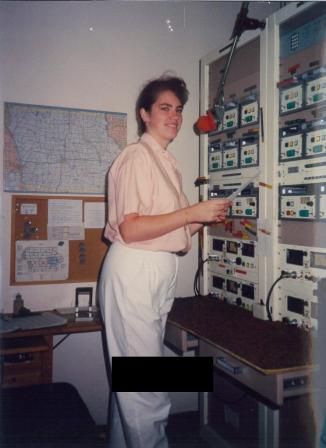 |
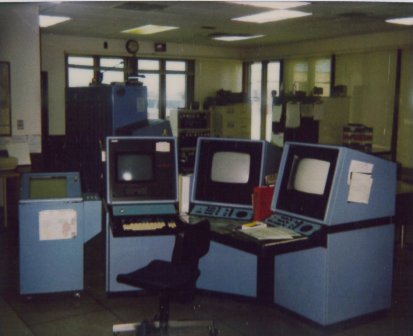 |
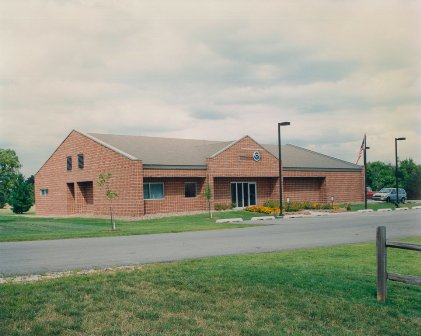 |
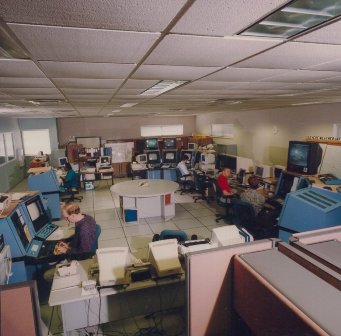 |
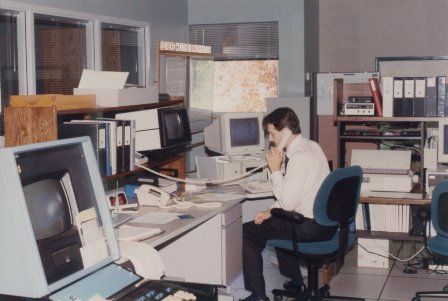 |
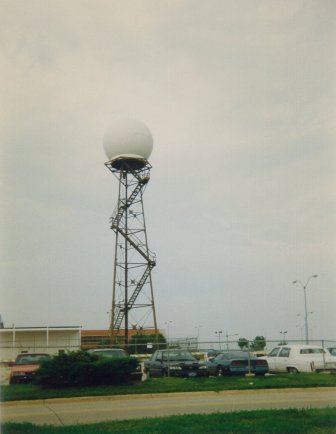 |
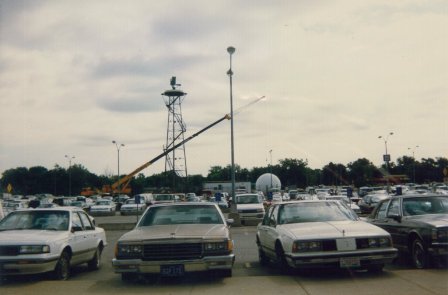 |
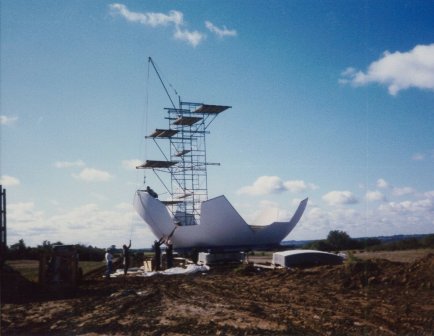 |
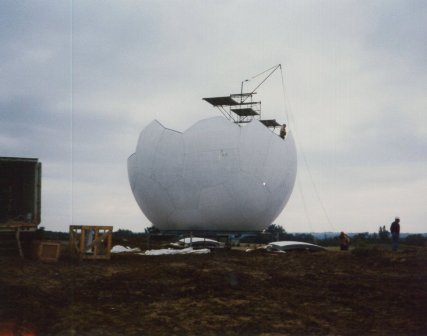 |
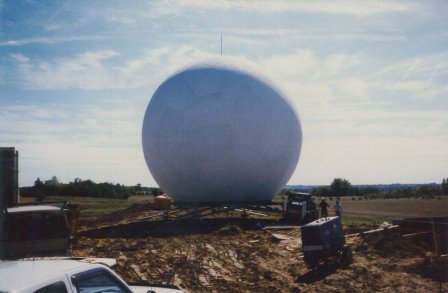 |
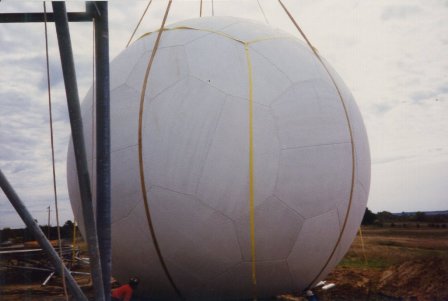 |
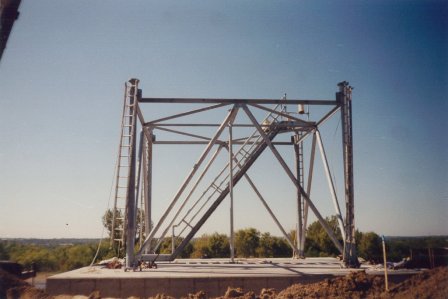 |
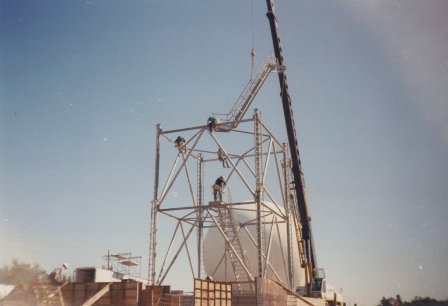 |
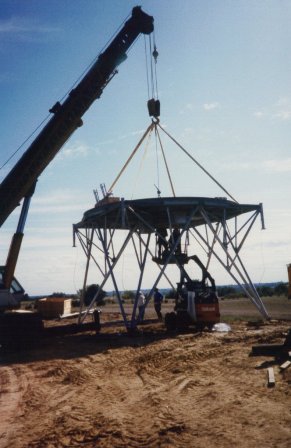 |
Mission
The NWS Warning and Forecast Office (WFO) Des Moines serves the central half of Iowa, providing weather, water and climate data, forecasts, warnings, and impact-based decision support services for the protection of life and property and enhancement of the national economy per our Mission Statement.

NWS Des Moines area of responsibility (County Warning Area)
Our office collects weather observations and issues public forecasts, watches, warnings, advisories, and other weather-related products for 51 counties in central Iowa spanning 28,143 square miles. We also issue terminal aerodrome forecasts for five local airports, fire weather forecasts for government and public safety, and have a full-service hydrology program. We have 24 staff members, including fourteen full-time forecasters. Our equipment includes a WSR-88D Doppler radar, 14 NOAA Weather Radio transmitters, and dozens of river gauges and automated surface observation sites. We also maintain an active public outreach program, including cooperative weather observers, trained storm spotters, and CoCoRaHS observers, as well as interacting with the general public at local events. Our office maintains close involvement with local scientific organizations (such as the National Weather Association and various groups affiliated with Iowa State University), media outlets, and law enforcement and emergency management personnel (including the state emergency operations center).
Office Staff
The Des Moines Area
The Des Moines metropolitan area encompasses portions of five counties in central Iowa – Polk, Warren, Guthrie, Madison, and Dallas. The majority of the city and population are located within Polk County.
As of the 2020 census there were 710,000 people living within the metro area counties listed above with 214,000 within the city limits of Des Moines and 492,000 in Polk County. The population includes several notable immigrant communities including those of recent southeast Asian, Hispanic, Middle Eastern, African and east European descent.
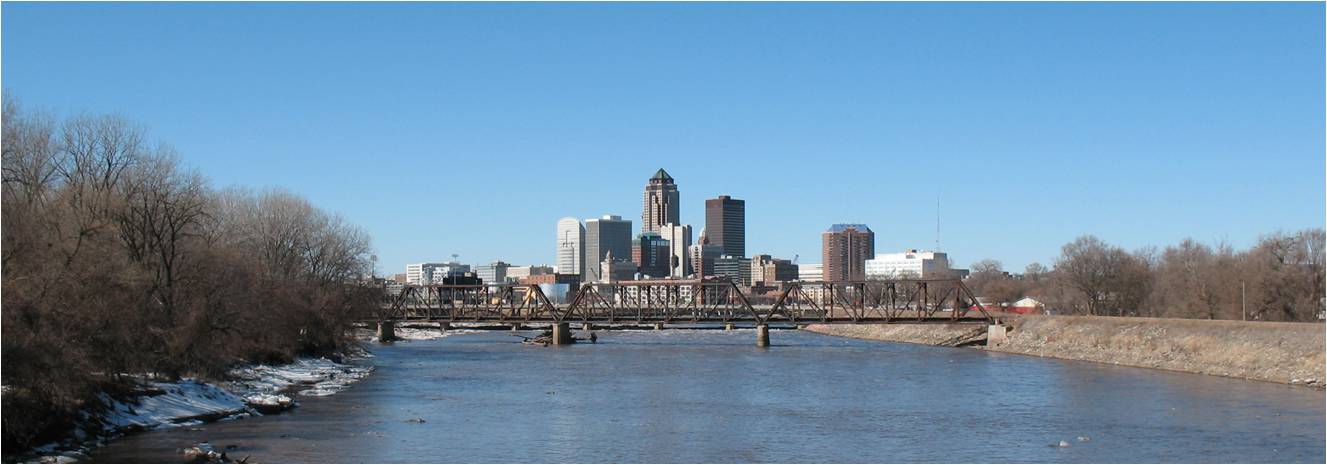
Housing is readily available in the form of single-family homes, condominiums, duplexes, rental apartments, etc. In September 2015 the median price range for an existing single-family residence in the Des Moines metro area was approximately $150K to $175K. Real estate values in central Iowa are much less volatile than in other parts of the country.
Property taxes in central Iowa are based on a valuation roll-back and owners are allowed a homestead exemption. Taxes for a $150,000 home in central Iowa range from around $2,500 to $3,500 per year depending on the jurisdiction.
Iowa has a state sales tax of 5%. In addition, several counties around the state are authorized to collect a local options tax, generally 1-2%. Polk County currently has a 1% local options tax, for a total sales tax of 6%.
Iowa income tax is on a graduated scale. Tax rates begin at 0.36% for any income over zero, and climb to 8.98% on all income amounts above approximately $60,000. Federal tax deductibility is allowed for Iowa taxes.
Iowa State University is located in Ames, approximately 30 miles north of Des Moines and Simpson College is located in Indianola, approximately 15 miles south of Des Moines. Drake University, Grand View University, and the Des Moines Area Community College are all located within the Des Moines metro area.
Iowa has a strong tradition of commitment to public education. Public schools within the city of Des Moines have more than 32,000 students enrolled in 63 schools for the 2014-15 school year.
Interstates 80 and 35 pass through Des Moines, providing convenient vehicular access to the rest of the region and country. Interstate 235 also cuts through the city.
The public transit system consists entirely of buses, with regular in-city and suburban commuter routes.
Downtown Des Moines boasts a 3.5 mile long skywalk system which allows pedestrian travel throughout the downtown business district without exposure to the elements.
The Des Moines International Airport provides air travelers with non-stop service to destinations around the country as far away as Los Angeles, Tampa Bay, and New York.
Des Moines is a major regional and national center for the insurance, financial services, and publishing industries. Agriculture is also a mainstay of the Iowa economy.
In 2010 the median household income within the metro area was approximately $56K, more than 10% above the national average.
The Des Moines area offers countless parks and trails with opportunities for camping, hiking, biking, fishing, and other outdoor activities. Saylorville Lake, located just north of the city (and less than a mile from the NWS office), is also a popular destination for water sports and birding.
Local festivals are commonplace in the metro and surrounding smaller communities from spring through fall. The Iowa State Fair takes place each August in Des Moines and is the largest social gathering in the state, attracting over a million visitors per year. There is also a large Farmer’s Market in downtown Des Moines during the summer and fall months.
Des Moines features an art center, opera, symphony, ballet, science museum, zoo, botanical garden, the state Capitol, the state’s largest amusement park, and numerous other attractions including broadway shows, concerts, small live music venues, and comedy clubs.
There are several shopping districts including the East Village downtown and Historic Valley Junction in West Des Moines, as well as malls throughout the metro. The largest shopping mall is the Jordan Creek Town Center in West Des Moines, which features over 150 stores, restaurants, and other businesses, as well as a 3.5 acre lake surrounded by walking and biking trails, live music in the summer, and a 20-screen digital movie theater.
Professional sports teams include arena football, AHL and USHL hockey, AAA baseball, NBADL basketball, and PDL soccer, as well as collegiate sporting events (including the nationally famous Drake Relays). The Iowa Speedway in Newton (an approximately 45 minute drive from Des Moines) features auto racing and NASCAR events.
Located in the heart of North America, Des Moines has a climate which is continental in character. This results in a marked seasonal contrast in both temperature and precipitation. Because agriculture is the primary and traditional economic engine of the region, it is convenient to separate the year into seasons corresponding to the growing of crops. The winter season, when most plant life is dormant, is from mid-November to late March. The summer season, when corn and soybeans are grown, lasts from early May to early October. The spring growing season and the fall harvest season each run about 6 weeks.
Annual precipitation can vary anywhere from a minimum of about 17 inches to a maximum of about 56 inches. The average annual snowfall is 36 inches. Annual variation of snowfall is also large, ranging from a minimum of about 8 inches to as much as 72 inches.
Winter is a season of cold dry air much of the time, interrupted by milder Pacific air brought in by the Chinook winds out of the northern Rockies. Winter storms of short duration are an occasional occurrence. At the beginning and end of the winter season precipitation may occur as rain, but during the heart of the season it mainly falls as snow. Drifting snow can be extensive and impede transportation at times, especially in rural areas. Freezing rain, though not rare, seldom accumulates to a thickness of one quarter of an inch or more. The average precipitation during winter is approximately 20 percent of the annual amount. Although occasional cold waves follow the storms, bitterly cold days in which the temperature fails to rise above zero occur on an average of only once every 2 to 3 years.
The average growing season (when temperatures remain above 32 degrees) normally spans 160 to 165 days between late April and mid-October. The growing season is characterized by prevailing southerly winds and precipitation falling primarily as showers and thunderstorms, occasionally producing damaging wind, erosive downpours or hail. Some 60 percent of the annual precipitation amount falls in the summer with the maximum rate normally in late May and June. Autumn is characteristically sunny with diminishing precipitation and generally decreasing temperature, conditions favorable for drying and harvesting crops.
Web pages for the city of Des Moines and its surrounding suburbs:
Photo Gallery
Below are photos of NWS personnel in action, both in the office and throughout the community. Click a photo for a larger version and caption.
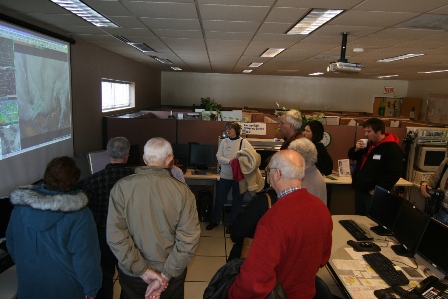 |
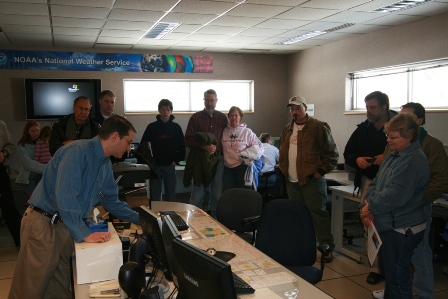 |
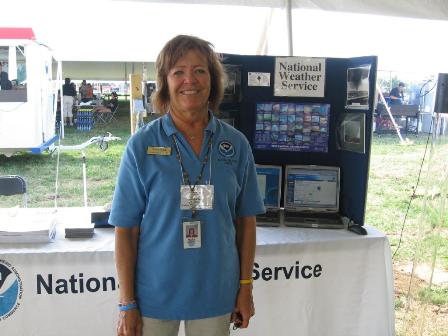 |
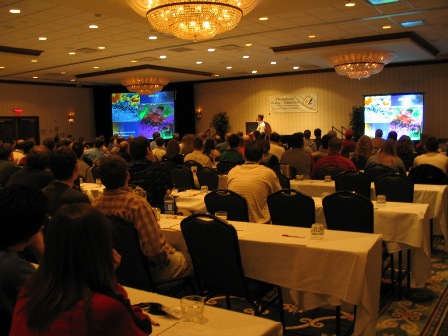 |
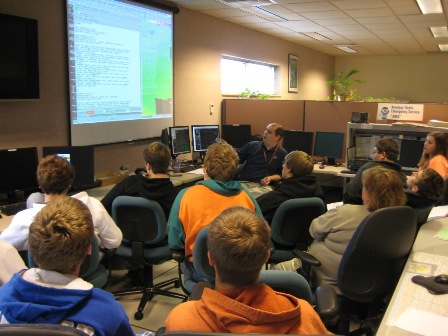 |
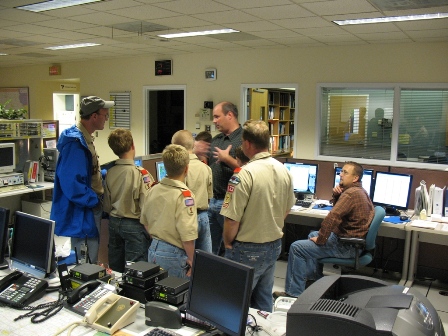 |
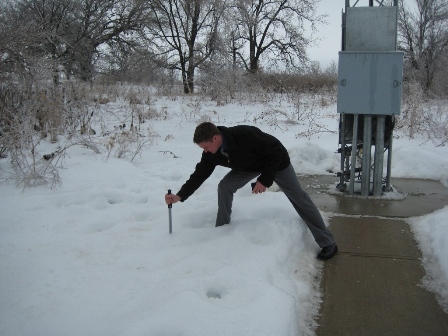 |
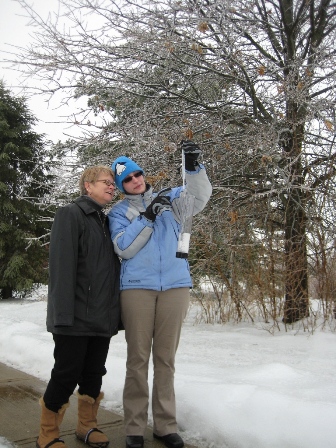 |
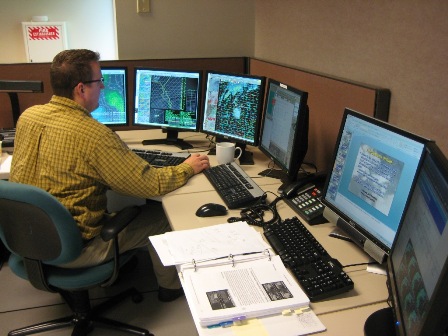 |
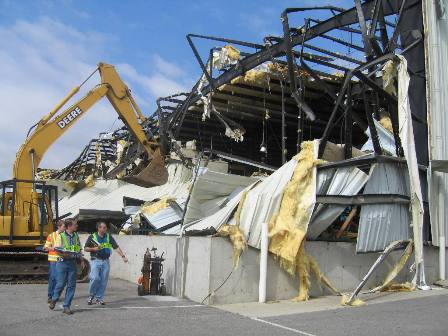 |
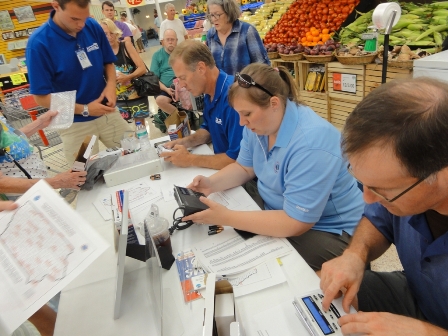 |
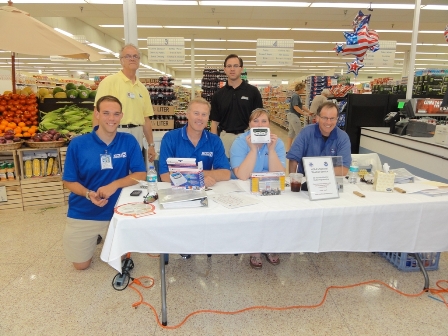 |
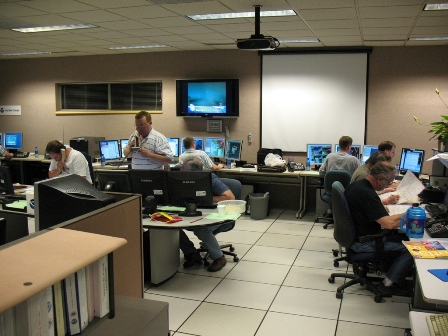 |
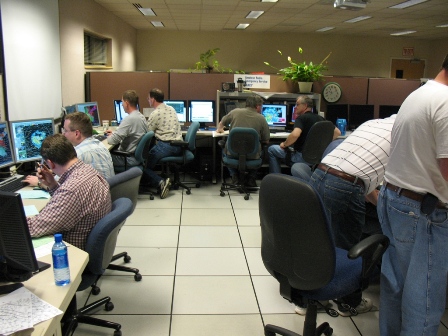 |
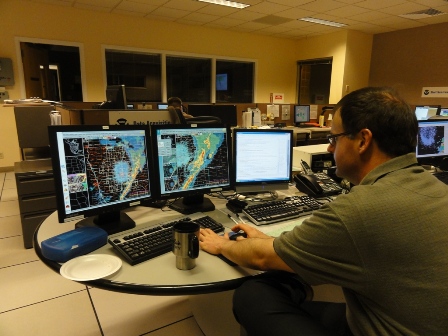 |
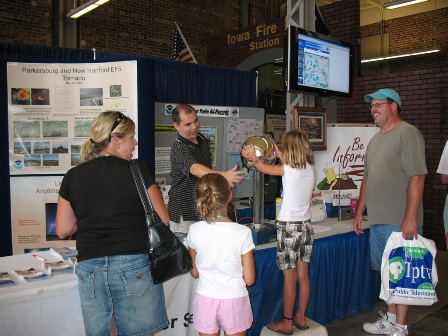 |
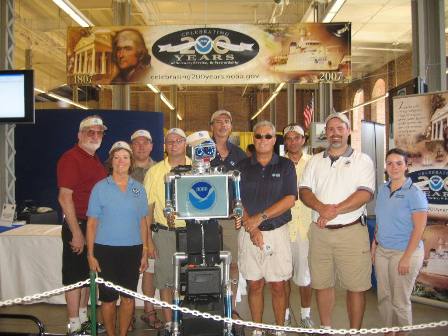 |
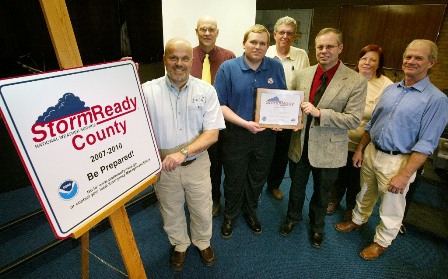 |
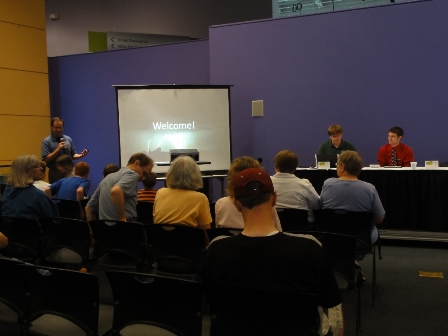 |
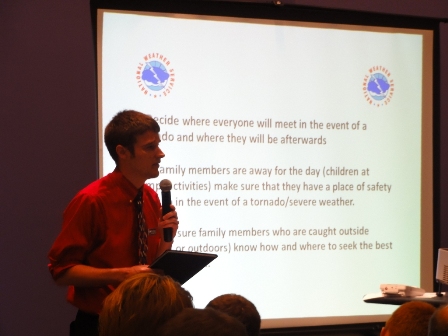 |
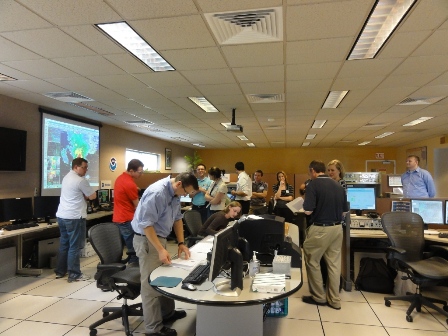 |
Student Information
There are many opportunities that exist at the National Weather Service for college students to gain valuable work experience, both as paid employees and as unpaid volunteers. In fact, many current NWS employees began their careers by having participated in such programs themselves while in school. These opportunities provide potential employees an early start to building a foundation within the field of meteorology and a step toward a successful NWS career. Many managers throughout the NWS look for recent graduates with actual NWS experience when hiring new employees. It is also a great way for recent graduates to receive positive recommendations to hiring managers by being able to list NWS personnel as references.
Position Descriptions
Student Volunteer (Unpaid)
The National Weather Service offers unpaid training opportunities for college students related to the participant’s academic field of study, usually meteorology or atmospheric science (hydrology may be an option, contact us for details). Students have an opportunity to explore their career options, learn about the National Weather Service, and to develop both professional and personal skills. A typical volunteership at the NWS in Des Moines follows a structured outline to give hands-on, real world experience by introducing the student to warning and forecast operations, hydrology and data acquisition, research meteorology, media production, and decision support services.
The student will volunteer at the office one day per week for a period of 4 hours. The volunteership will last for one semester with 1 positions available per semester. Toward the end of the semester, a student may choose to volunteer for a full 8 hour shift to gain the experience of working a full shift if desired. Independent study credit may be earned through an agreement between the NWS and the student’s university.
NOTE: Students will not be paid for their volunteer experience at the office.
Requirements:
The National Weather Service in Des Moines is looking for highly motivated self-starters who desire career experience to enhance their academic course of study.
Applications for the Fall 2024 semester are now open! To apply:
Complete this form: https://forms.gle/9L2EHt4m67VBudNj9
Copies of your resume and transcripts are required.
Applications are due by April 5th, 2024.
Questions about the program should be emailed to brooke.hagenhoff@noaa.gov and/or cory.martin@noaa.gov.
Job Shadow Opportunities (Unpaid)
Job shadow opportunities exist on a limited basis for a period of 2 to 4 hours for students 8th grade and up. Please contact Jessica.Tweedt@noaa.gov to schedule.
Pathways Student Employment Program (Paid)
The most common form of paid employment opportunities for students in the NWS is through the newly developed Pathways Program. The Pathways program is designed for both undergraduates and graduate students. This program offers participants formal periods of work experience directly related to their academic field of study. Participants in this program may be eligible for permanent employment without competition after successfully completing their education and work requirements. Guidelines and the number of openings are determined on a regional and national scale, and are subject to budgetary limitations. For more information, please check the links below.
There is no set schedule for the announcement of NWS Pathways openings at this time. Therefore check the USAJobs website frequently for any updates or openings in the Pathways Program within the NWS. They will be listed under the GS-1399 Series and usually graded a 03/04.
Non-official Application Guidelines listed below (Note: Official guidelines can be found in each job announcement.)
Additional information is available at the following links:
The NOAA Ernest F. Hollings Scholarship Program (Paid)
Undergraduate students may apply for NOAA's The Ernest F. Hollings Scholarship program. Once a year NOAA solicits applications for a scholarship program in honor of retired South Carolina Sen. Ernest F. Hollings, who promoted oceanic and atmospheric research throughout his career.
Scholarship students will be eligible for awards that include academic assistance (up to a maximum of $9,500) for full-time study during the 9-month academic year; a 10-week, full-time internship position ($700/week) during the summer at a NOAA or partner facility; and academic assistance (up to a maximum of $9,500) for full-time study during a second 9-month academic year. The internship between the first and second years of the award provides the Scholars with "hands-on"/practical educational training experience in NOAA-related science, research, technology, policy, management, and education activities. Awards include travel funds to attend and participate in a mandatory orientation and conferences where students present a paper or poster. In addition, the scholarship student may receive a housing subsidy for scholars who do not reside at home during the summer internship. The application period usually begins in September and closes by the end of January. Additional scholarship opportunities can be found here.
Applications for the Hollings Scholarship Program are available online, by e-mail at StudentScholarshipPrograms@noaa.gov, by telephone to (301) 628-2913, or by mail to:
NOAA Hollings Scholarship Program
NOAA/Office of Education
1315 East-West Highway, Room 10704
Silver Spring, MD 20910
Permanent Employment with the NWS (Paid)
The Meteorologist positions at the NWS are graduated both in responsibility and pay. NWS jobs are on the General Schedule (GS) pay scale and range from GS-5 to GS-15 depending on the job. Entry-level positions are the lowest grades on the scale with a new graduate usually obtain a Meteorologist position at the GS-5 grade, however those with a Masters degree or prior field-related work experience outside the NWS may start at a higher grade such as a GS-7. Meteorology jobs are listed under what is called a series number, which is 1340. Therefore if you are looking for NWS jobs on the USAjobs website you would want to search for 1340-GS5/7 NWS Meteorologist job openings as a new graduate. If you have never visited their website, please visit the Tips page that includes a video for finding and applying for jobs in the Federal Government.
More Information on all NWS Careers.
Webinar: Applying to the NWS: Entry Stats and Application Resources
For information on all Student Opportunities at NOAA: Click Here
Office Tours
We offer office tours as an opportunity to showcase NWS services, provide education, and give the public an opportunity to visit their local NWS office. Do you have a group interested in an office tour? If so, please see the guidelines below:
If you are interested in scheduling a tour, please call Jessica Tweedt at 515-270-2614. Please provide Ms. Tweedt the following information via e-mail at dmx.admin@noaa.gov once your tour is scheduled:
Outreach Events
A limited number of in-person outreach and preparedness events are offered each year. Requests for outreach events often include: civic groups requesting a lunch speaker about severe weather safety, a school career day, a school severe weather talk, a booth at a safety fair, senior living centers, conferences, and many other groups.
If you are interested in scheduling an outreach event, please contact Chad Hahn at 515-270-4501 or chad.hahn@noaa.gov.
Spotter training and dispatcher training are considered mission critical and are scheduled through county emergency managers or other officials.